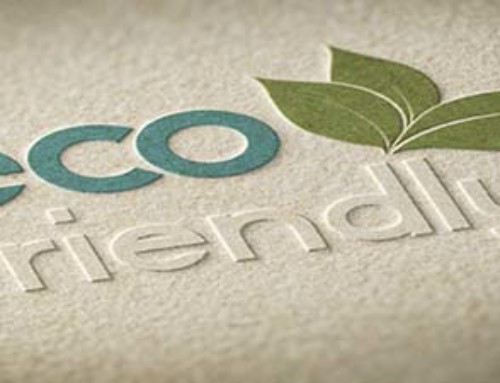A POP sign or Point-of-Purchase signs get their name based on their placements near where purchases are being made. The primary goal of POP signage is to influence an individual sale by marketing specific products at the locations where the signs are posted.
Point-of-purchase signage is a valuable marketing tool, and is frequently used to differentiate competing goods for attention and sales. Read our guide if you are willing to learn more about them.
What is POP Signage
First and foremost, POP signage is not a particular type of sign, but is instead based on where the graphic is placed. POP graphics are some of the most effective means of promoting your products, as they are specially designed to grab attention quickly when the person is already in the store shopping. Signage using strong colors, eye-catching designs, beautiful imagery, and special deals can be enough to grab attention, increase sales and promote brand recognition.
People are generally subconsciously attracted to POP signs without even realizing it. They are specially designed to draw attention and ‘sell’ the product it represents.
Even the most disciplined shoppers can find their buying decisions persuaded by great product placements, beautiful packaging, and POP graphics. This influence isn’t a guarantee of sales, but an increase in overall product awareness and brand recognition. The shopper for weeks to months later can recall a particular product or brand helping create a sale later in time.
Temporary vs. Permanent Point of Purchase signage
Any brand ready to craft a strategy using POP signage to promote their product in-store will need to consider how long-lasting the signage needs to be. POP signs like shelf-talkers, aisle violators, floor graphics, header signs, or generic panel signs are generally located across retail in aisles to grab attention but also where they can be damaged from shopping carts, children, or accidents.
Temporary displays and signage made of cardboard and paper cardstock are generally considered suitable for 3-4 weeks of usage. This short time frame is because the paper-based products are somewhat delicate and increasingly susceptible to damage and warping as they remain in-store.
If durability and longevity is a concern and important, POP signage can be made using more durable materials like 3mm expanded PVC, high-impact polystyrene (HIPS), rigid vinyl, or clear PETG. These materials are made from thin plastics that are more resistant to creases, dents, moisture, and humidity. Upgrading to using plastic materials adds protection and durability making any POP sign a semi-permanent graphic that can last 0 to 2 years
Permanent POP signs utilize more durable plastics, woods, metals. This may be acrylic, polycarbonate, or 6mm expanded PVC with additional measures taken further as well. These permanent displays frequently are targeting 3+ years of usage, mount to walls or floors, and cost significantly more than less permanent options.
Online marketing has certainly changed the way retailers meet consumers, but point-of-sale is still a vitally important part of the process. After all, according to statistics from Synchrony Financial, 87 percent of people still make major purchases in stores. Businesses must capitalize on these brick-and-mortar shoppers with point-of-purchase displays that catch their attention and increase the chance of a sale.
Here are 3 ways POP graphics still provide value:
1. They push customers through the sales funnel
Online isn’t the be-all, end-all of sales. In fact, for some shoppers, it’s simply the start. According to research from Forbes, the majority of shoppers research major products online and head to the store when they’re ready to buy. These people like the fact that they can interact with the product, talk to an associate to learn more about it, and take it home immediately. In fact, as Synchrony Financial discovered, most shoppers who research products both online and in stores said the latter had more of an influence on their decision. POP graphics are crucial here, convincing customers to commit to a purchase right at the final moment.
2. They offer more information
POP displays are a brand’s chance to add additional information that might not be on the package. They can contain details like customer testimonials, suggested uses, sales imagery or similar information. These items aren’t essential enough to put on the product itself, but they still help sell the item and enhance the customer’s experience and build brand recognition.
What’s more, POP displays can compare similar products from one brand to help customers decide which one is best for them. For instance, a POP display for a skincare line can segment moisturizers based on whether the person’s skin is dry, oily, acne-prone or a combination of the three. Providing this information clearly, rather than forcing the customer to pick up each product and determine which is best for themselves, increases the likelihood of a sale and product satisfaction.
3. They provide visual interest
Finally, POP displays break up the environment, helping customers identify a specific product or brand in a sea of small packages. They catch the attention of hesitant or casual shoppers and increase impulse sales. POP graphics are even more effective if they can be viewed from outside the store and attract the eyes of people on the street.
In addition, switching POP displays periodically keeps stores from looking the same month after month. This flexibility gives shoppers a different experience than the one they receive online.



